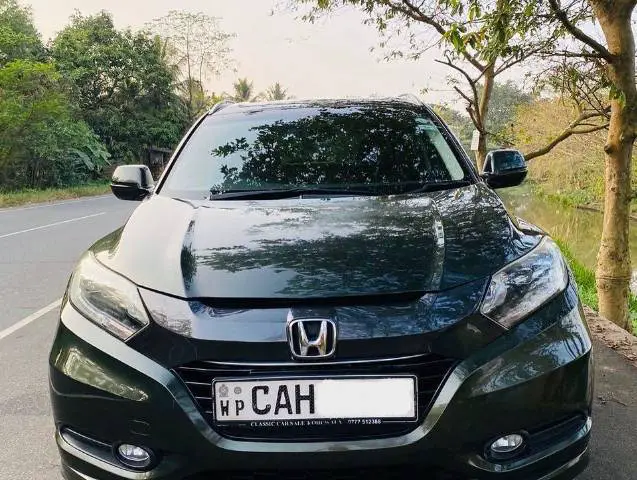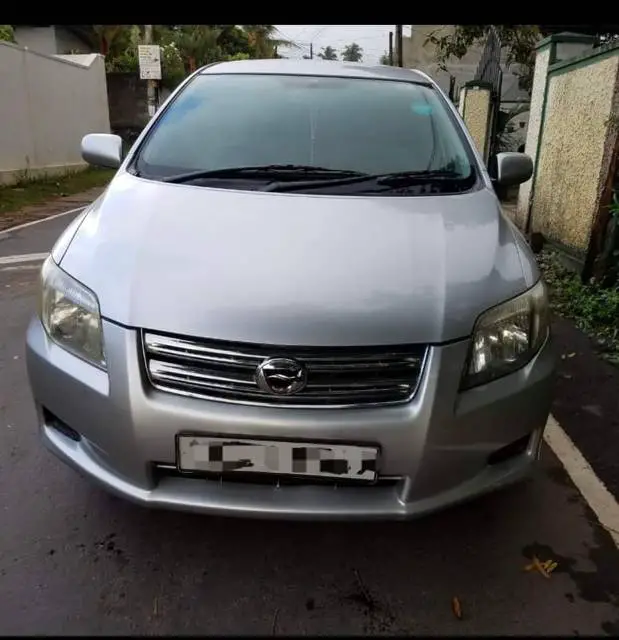WHAT IS TOYOTA SAFETY SENSE OR TSS ? HOW DOES IT IMPROVES MY CARS SAFETY ?
TSS 2.0, TSS 2.5 and 2.5+ consist of six active safety and driver assistance systems namely Pre-Collision System, Lane Departure Alert, Automatic High Beams, Dynamic Radar Cruise Control, Lane Tracing Assist and Road Sign Assist.
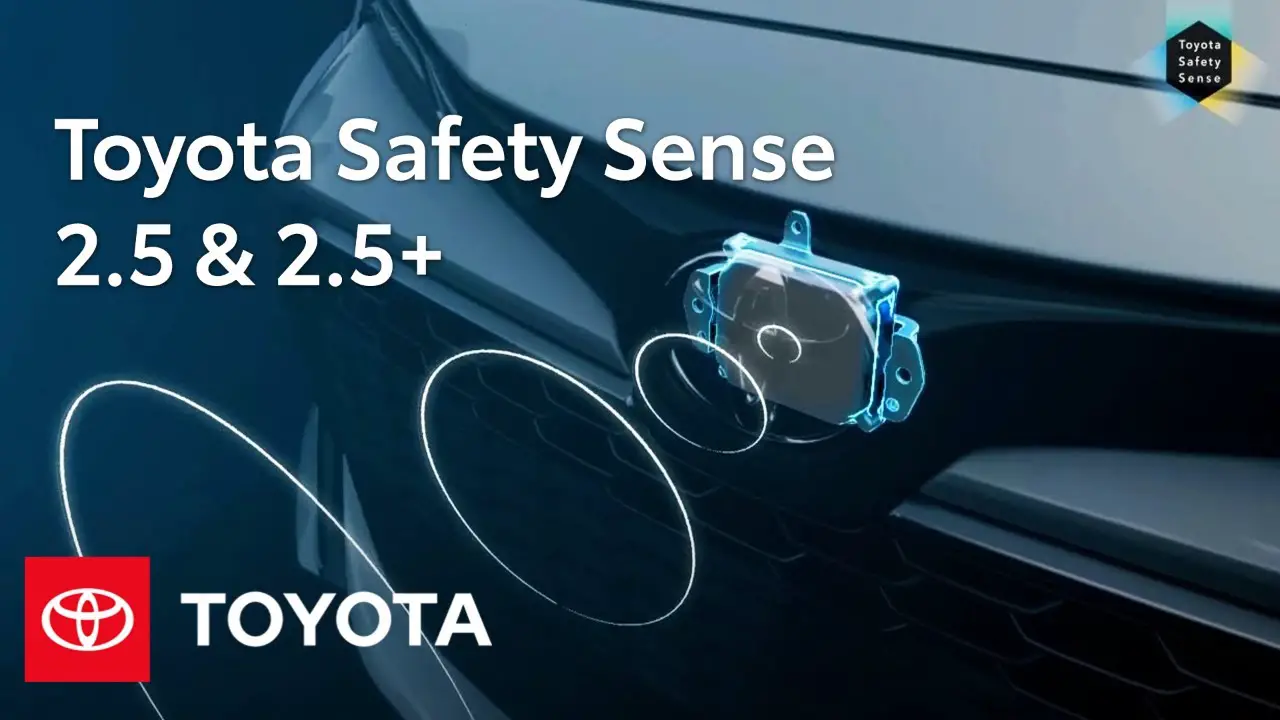
Toyota Safety Sense, or TSS, is a suite of active safety technologies and advanced driver
assistance systems designed to address three key areas of accident protection:
preventing or mitigating frontal collisions, keeping drivers within their lane, and enhancing
road safety during nighttime driving. TSS 2.5 and 2.5+ build on the previous suites by
enhancing the functionalities of its features. Like TSS 2.0, TSS 2.5 and 2.5+ consist of six
active safety and driver assistance systems that utilize a high-resolution camera and millimeter-wave
radar. Let's take a moment to learn about each one.
Pre-Collision System (PCS)
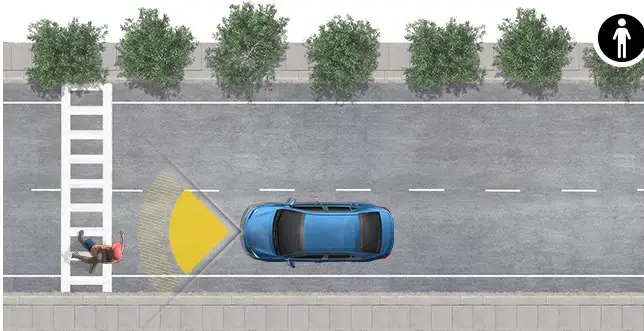
Pre-Collision System, or PCS, is designed to help mitigate or avoid a frontal collision by detecting
a vehicle or a pedestrian in either daytime or low-light situations, as well as daytime detection
of a bicyclist. When a potential hazard is detected, it may provide audible and visual alerts,
and automatic braking in certain conditions. TSS 2.5 and 2.5+ versions of PCS take this a step
further through enhancements that expand the response range and enable two additional
functionalities: intersection support and emergency steering assist.
At intersections, the system may detect an oncoming vehicle or pedestrian when performing a
left-hand turn, as well as an oncoming pedestrian when performing a right-hand turn.
Meanwhile, emergency steering assist is designed to assist the driver in driver-initiated
emergency steering maneuvers within their lane, reacting to a pedestrian for TSS 2.5,
as well as a vehicle or bicyclist for 2.5+. This system can help the driver stabilize
their maneuver to help the vehicle stay within its lane.
Checkout this amazing vehicle offers only for you...
Lane Departure Alert (LDA)

Lane Departure Alert, or LDA, is designed to detect lane departure when traveling on relatively straight roads with clear lane markings. If LDA determines that the vehicle is starting to unintentionally deviate from its visibly marked lane, the system alerts the driver with an audio and visual alert, or even steering wheel vibration on some vehicles. In addition, many vehicles also include LDA with Steering Assist. When this functionality is enabled and LDA senses that the vehicle is unintentionally drifting from its lane, the system may automatically make small corrective steering inputs to help the driver keep the vehicle in its lane.
Automatic High Beams (AHB)
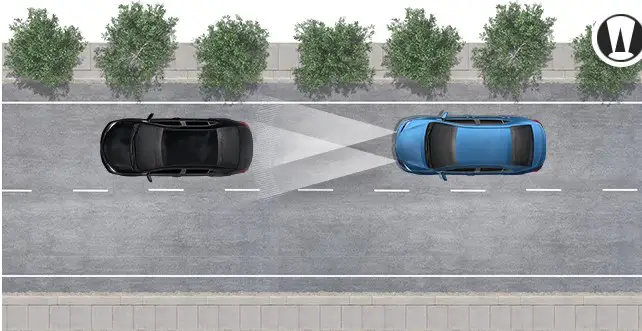
Automatic High Beams, or AHB, is a safety system designed to help the driver see more clearly at night, while also reducing glare for other drivers. When activated, AHB is designed to detect the headlights of oncoming vehicles and taillights of preceding vehicles, then automatically toggle accordingly between high and low beams.
Dynamic Radar Cruise Control (DRCC)
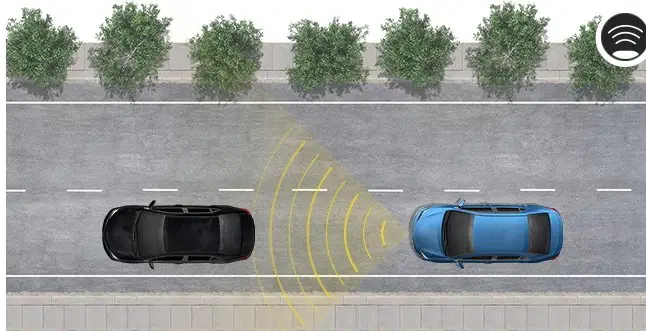
Dynamic Radar Cruise Control, or DRCC, is a high-tech cruise control system that is designed to detect slower vehicles in front of you and automatically adjust the vehicle's speed to help maintain a preset distance behind the vehicle ahead. Many vehicles also feature Full-Speed Range Dynamic Radar Cruise Control, which is designed to enable low-speed following, speed matching, stopping, acceleration, and deceleration to a preceding vehicle. For TSS 2.5+, DRCC benefits from improved curve speed management in a manner that feels more like natural driving, using the camera and yaw sensors to sense curves and reduce speed beforehand, and return to the set speed afterward.
Lane Tracing Assist (LTA)
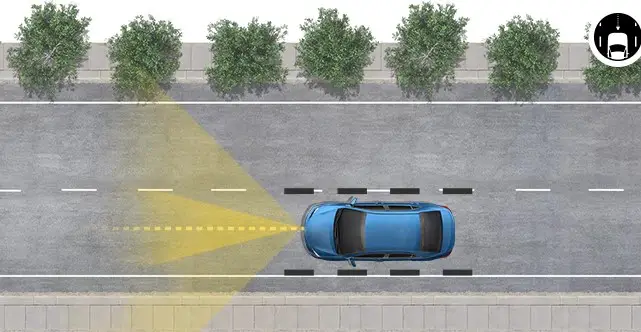
Lane Tracing Assist, or LTA, operates automatically when both Full-Speed Range Dynamic Radar Cruise Control and Lane Departure Alert are active. It is designed to keep the vehicle centered in its visibly marked lane and preemptively avoid unintended lane departures while cruising. LTA monitors lane markings, as well as the path of the vehicle ahead, if needed, and is designed to automatically make constant steering inputs to help keep the vehicle centered in its lane.
Road Sign Assist (RSA)
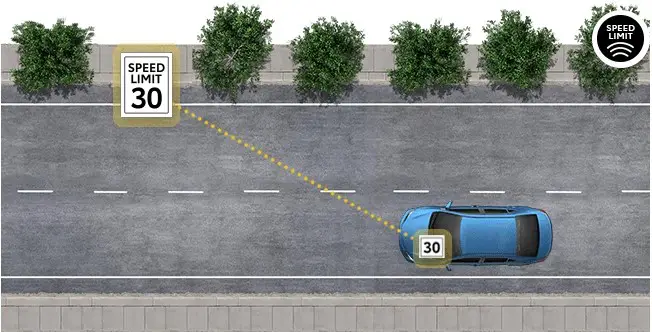
Road Sign Assist, or RSA, is designed to read certain traffic signs and display them on the vehicle's Multi-Information Display. This provides the driver with additional awareness of posted road signs. In some cases, the system may also provide alerts, like if the speed exceeds the posted limit, or if a Stop sign is ignored. So, that's a brief overview of the six systems that make up TSS 2.5 and 2.5+. Please remember that drivers are responsible for their own safe driving. Always pay attention to your surroundings and drive safely. For more information, please visit toyota.com/safety-sense, or review your Owner's Manual.
Article credits: https://www.toyota.com/safety-sense/UP NEXT
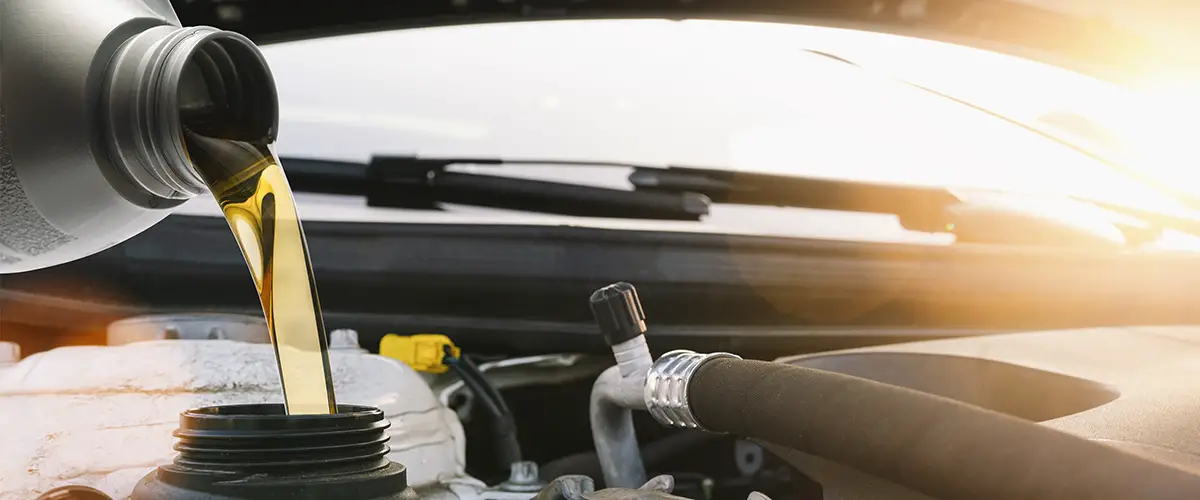
How To Change Oil In Your Car And How Often You Should Change Oil ? | A Step By Step Guide
How often you change your oil depends on a number of factors like the type of vehicle, driving habits, climate conditions, etc. Understanding some basics about auto oil can help you make better choices for when you do come to change it out. Here is a step-by-step guide to replacing the oil in your car. Read more...
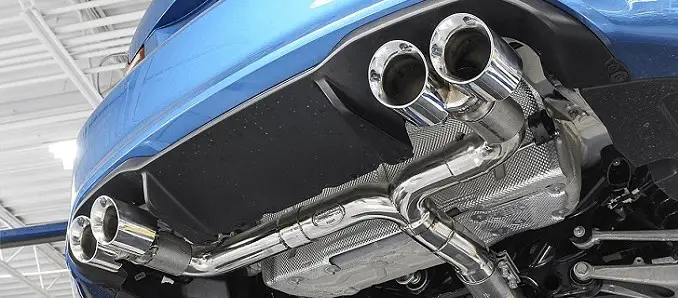
What is a catalytic converter ?
A catalytic converter is a device which controls the exhaust emissions of a motor vehicle by converting toxic exhaust gases and pollutants in to less toxic pollutants by using a catalyzing redox reaction. Read more...
